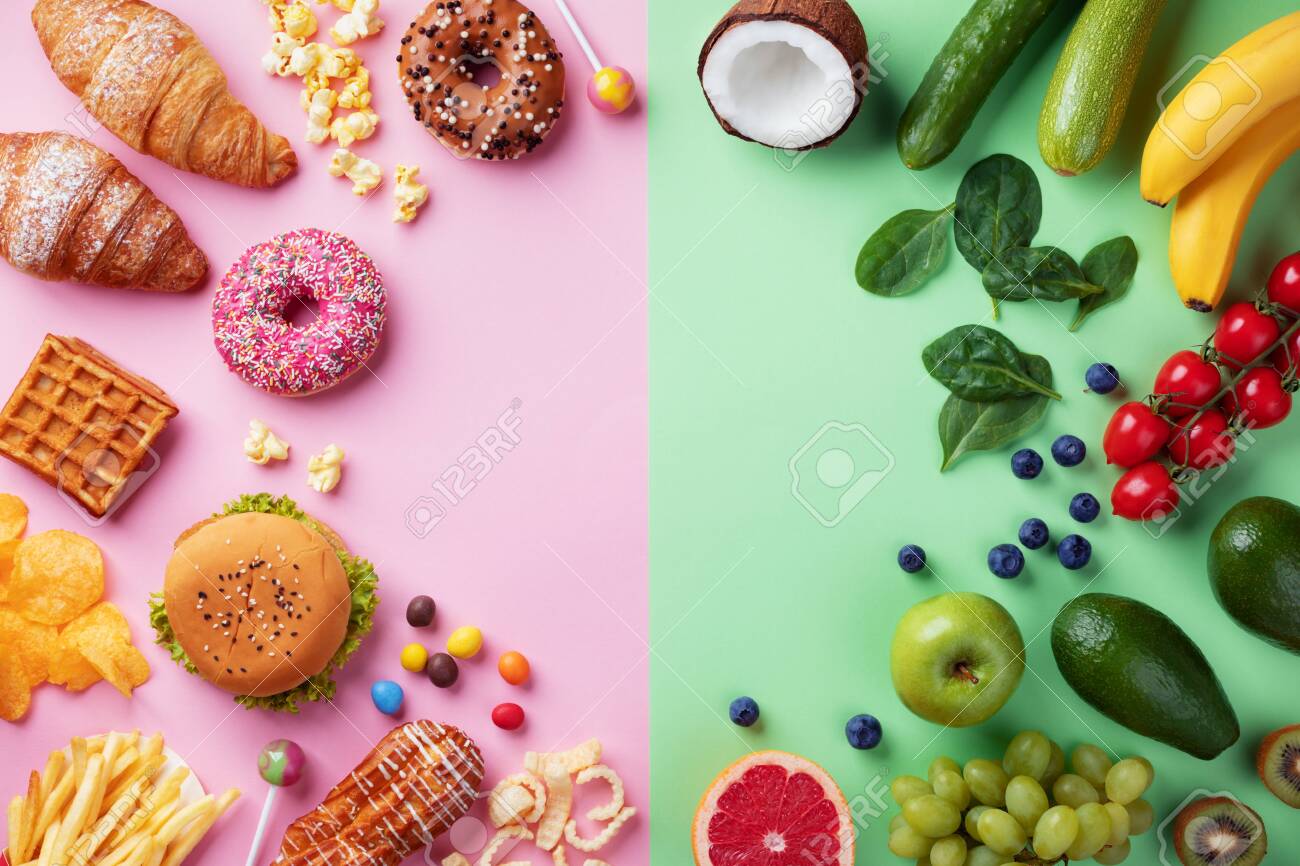
There are some foods that should be avoided while on a diabetic kidney disease diet, including certain high-sodium, sugar, and potassium-containing items. Ask your dietitian for advice on which foods you should eat and how many. Certain food groups should be removed from your meal plans. Other food groups should be increased. To make your meals more balanced, you might have to substitute for other food groups.
Avoid low-sodium veggies. These foods should be avoided. These foods include carrots, parsnips, rutabaga, and others. A person suffering from kidney disease should limit their intake to two eggs per day. Choose to eat plants-based protein instead of meat. You can substitute animal protein for a meal of starchy beans, lentils, or other starchy vegetables.

Important is the type of protein you eat. The best choice is to opt for low-sodium options or non-sodium ones. Avoid meat and seafood as these contain high levels of purine. Meats should be kept to a minimum. It is important to eat lean, low-fat meats. Red meat should be avoided. However, you can still eat other meats. A diabetic kidney disease diet can help prevent kidney stones.
A diabetic kidney disease diet must exclude processed meat from the diet. These meats tend to be high in sodium and salt. A three-ounce portion of bacon contains 1,430 mg sodium. This is 62% more than the daily recommended intake for people suffering from kidney disease. These high-sodium food can strain the kidneys and increase blood pressure, causing fluid buildup. Avoid processed meats and opt for lean, skinless meats. If you choose to eat fish, make sure you eat in moderation.
Diabetes kidney disease diets can help patients stay healthy. They can also limit their potassium and sugar intakes, which are detrimental to the kidneys. Diabetes patients should reduce their intake of potassium and sugar. People with kidney disease should avoid high-sodium foods and limit their intake processed foods. They should also avoid eating too many packaged foods. Aside from sodas, they should limit their intake of packaged food and sugary beverages.

Diabetes kidney disease patients need to eat a low-protein and high-phosphorous diet. These are essential for normal functioning of the kidneys. Some foods are prohibited in diabetic kidney disease diets. They should be avoided, as they are harmful to the kidneys. Regular exercise and a healthy diet are key to improving your health. Healthy eating habits can make it easier to live a long, healthy life. Diabetic kidney disease and diabetes:
FAQ
How can you live a healthy life?
Living a healthy lifestyle includes eating right, exercising regularly, getting enough sleep, managing stress, and having fun! Eating well means avoiding processed foods, sugar, and unhealthy fats. Exercise is good for your body and muscles. Sleeping well improves concentration and memory. Stress management helps reduce anxiety and depression. Fun keeps us happy and healthy.
What is the best food for me?
Your age, gender, body type, and lifestyle choices will all impact the best diet. Also, consider your energy expenditure, whether you prefer low-calorie food, and whether you enjoy eating fruits or vegetables.
Intermittent Fasting is an alternative to traditional fasting if you are looking to lose weight. Intermittent fasting is a way to eat only certain meals during the day instead of three large meals. This method may work better than traditional diets which include daily calorie counts.
Some studies suggest that intermittent fasting may improve insulin sensitivity and reduce inflammation, which can lead to improved blood sugar levels and reduced risk of diabetes. Other research suggests that intermittent fasting may promote fat loss and improve overall body composition.
How to measure bodyfat?
The best way to measure body fat is with a Body Fat Analyzer. These devices are used for measuring the percentage of body fat in people who want to lose weight.
What are the best 10 foods to eat?
The 10 best foods to eat include:
-
Avocados
-
Berries
-
Broccoli
-
Cauliflower
-
Eggs
-
Fish
-
Grains
-
Nuts
-
Oats
-
Salmon
What are 10 healthy lifestyle habits?
-
Get breakfast every morning.
-
Don't skip meals.
-
Be balanced.
-
Get plenty of water.
-
Take care of your body.
-
Get enough sleep.
-
Avoid junk food.
-
Do some type of exercise daily.
-
Have fun
-
Make new friends
Statistics
- Extra virgin olive oil may benefit heart health, as people who consume it have a lower risk for dying from heart attacks and strokes according to some evidence (57Trusted Source (healthline.com)
- WHO recommends consuming less than 5% of total energy intake for additional health benefits. (who.int)
- nutrients.[17]X Research sourceWhole grains to try include: 100% whole wheat pasta and bread, brown rice, whole grain oats, farro, millet, quinoa, and barley. (wikihow.com)
- According to the 2020 Dietary Guidelines for Americans, a balanced diet high in fruits and vegetables, lean protein, low-fat dairy and whole grains is needed for optimal energy. (mayoclinichealthsystem.org)
External Links
How To
What does "vitamin" actually mean?
Vitamins can be described as organic compounds found in food. Vitamins aid us in absorbing nutrients from the food we eat. Vitamins are not made by the body, so they must be obtained through food.
There are two types: water-soluble and fat-soluble vitamins. Water soluble vitamins dissolve easily in water. Vitamin C,B1(thiamine), B2 (2riboflavin), and B3 (3niacin), as well as vitamin C,B1, B2 (riboflavin), and B3 (niacin), vitamin B6 (pyridoxine), vitamin folic acid (biotin), pantothenic, and choline are examples. The liver and fat soluble vitamins are stored within the liver and in fatty tissue. Examples include vitamin D, E, K, A, and beta carotene.
Vitamins can be classified by their biological activity. There are eight major types of vitamins:
-
A - vital for healthy growth.
-
C is important for nerve function and energy production.
-
D – Essential for healthy teeth, bones and joints
-
E - needed for good vision and reproduction.
-
K - Essential for healthy muscles and nerves.
-
P - essential for strong bones, teeth and tendons
-
Q – aids digestion of iron and iron absorption
-
R - Required for red blood cell production
The recommended daily allowance for vitamins (RDA) varies based on gender, age, and physical conditions. The U.S. Food and Drug Administration has established the RDA values.
For adults 19 years and over, the RDA of vitamin A is 400mg per day. Pregnant women require 600 micrograms daily to support fetal development. Children ages 1-8 require 900 micrograms per day. Babies under one-year old require 700 mg per day. Between 9 and 12 years of age, however, this drops to 500 mg per day.
Children ages 1-18years who are obese need 800 micrograms per day while those who are overweight need 1000 micrograms per day and children who are underweight need 1200 micrograms per day to meet their nutritional needs.
2200 mg of vitamin A per day is required for children aged 4-8 who have been diagnosed by anemia.
2000 micrograms is the minimum daily intake for adults over 50 years old to maintain good health. Because of their higher nutrient needs, women who are pregnant or nursing need 3000 mg per day.
1500 micrograms is the recommended daily intake for adults aged 70+, who lose approximately 10% of muscle each year.
Women who are pregnant or lactating need more than the RDA. Pregnant women require 4000 micrograms daily during pregnancy, and 2500 micrograms every day after birth. Breastfeeding mothers require 5000 micrograms daily when breast milk production is occurring.